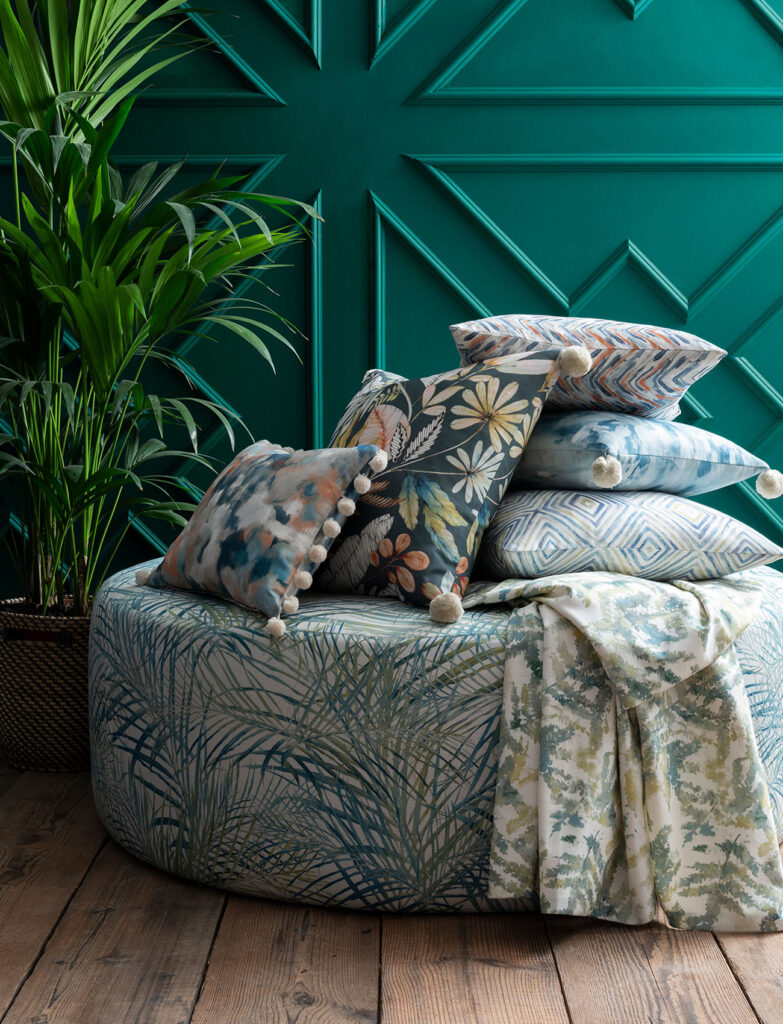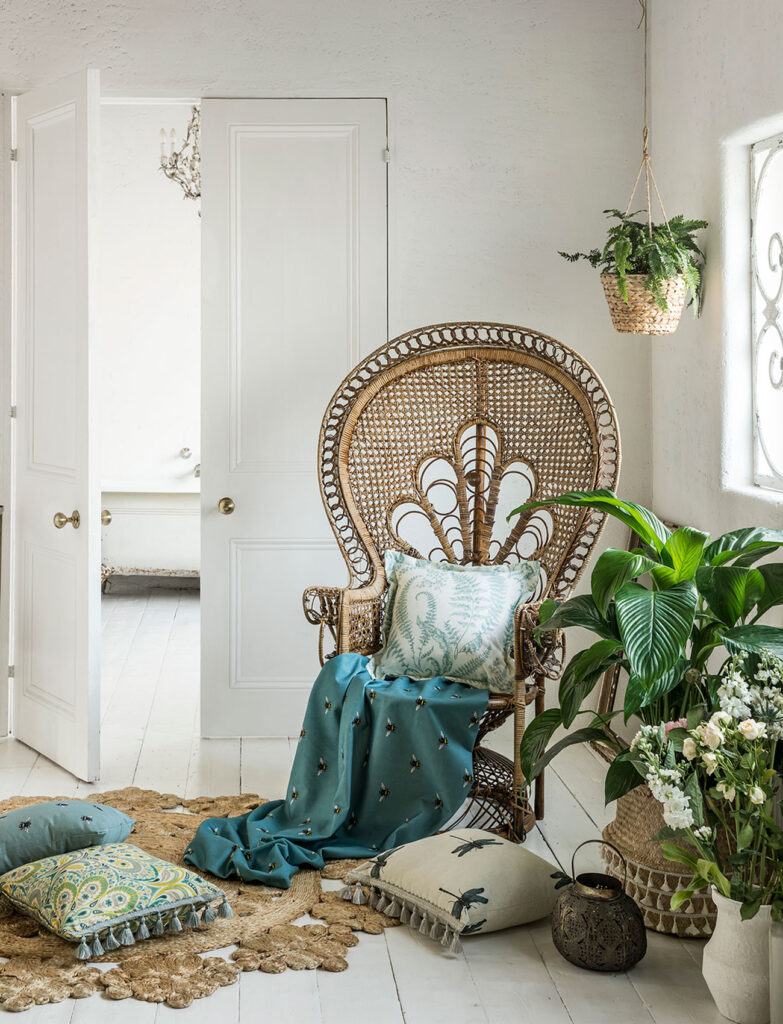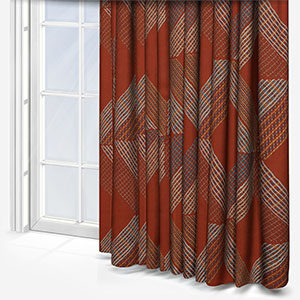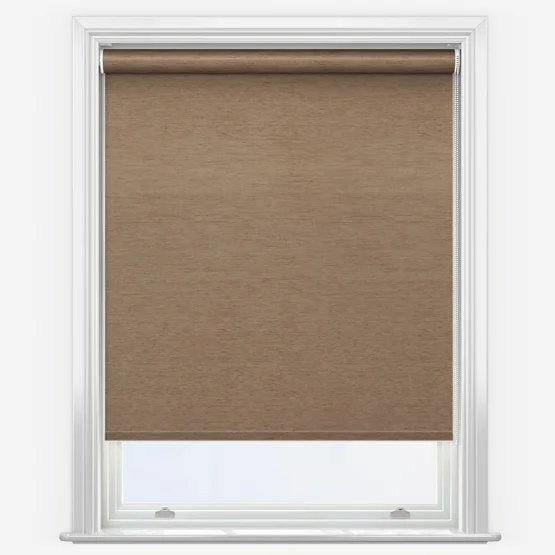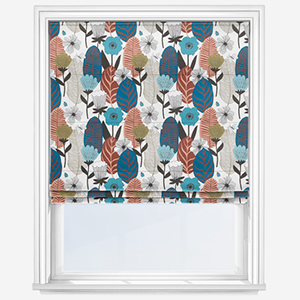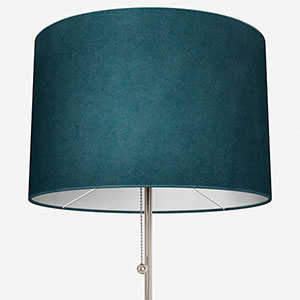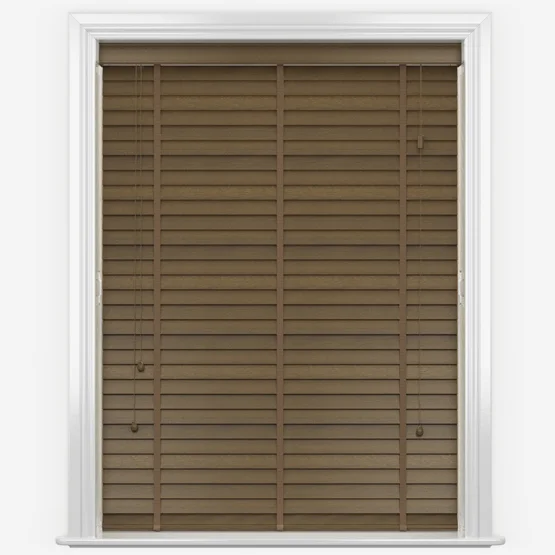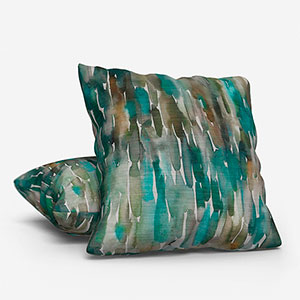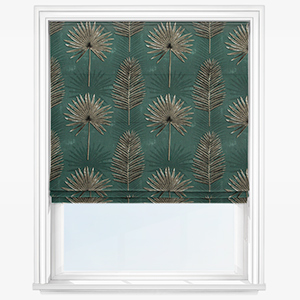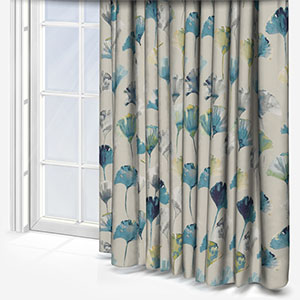
70s Style In 21st Century Interior Design
We recently looked at the extremely popular maximalist trend, but then we kept thinking. We asked ourselves, “is this the limit of maximalism, or can it be enriched?” The answer is a resounding yes, and the best place to find inspiration is in the 1970s. Read on to learn how you can enjoy many of the stylish components of this somewhat overlooked decade.
The foundation of 1970s interior design
Symbolising a move away from formality, and embracing more self-expressive living, the 1970s continued the feeling of post war excitement and the futuristic world ahead. Somewhat unjustly however, the 1970s is remembered as a decade that style forgot, but this moniker is undeserved. With its sensational colours, materials, and patterns, you can enjoy much of the 70s’ décor in your home today.
Building on many of the most stylish aspects of the earlier arts and crafts movement, 1970s interior design captures the uplifting and hopeful mood of the decade. It’s a perfect theme to consider if you’re drawn to a more maximalist way of decorating your home.
At this point, it is important to remember that what we’re looking for here is influence and inspiration from the 1970s, not to create a museum exhibit that exactly replicates the décor of 50 years ago, or worse, a novelty 70s space. Today, we’ll be providing you with some top tips to add a little flare to your home without it feeling kitsch.
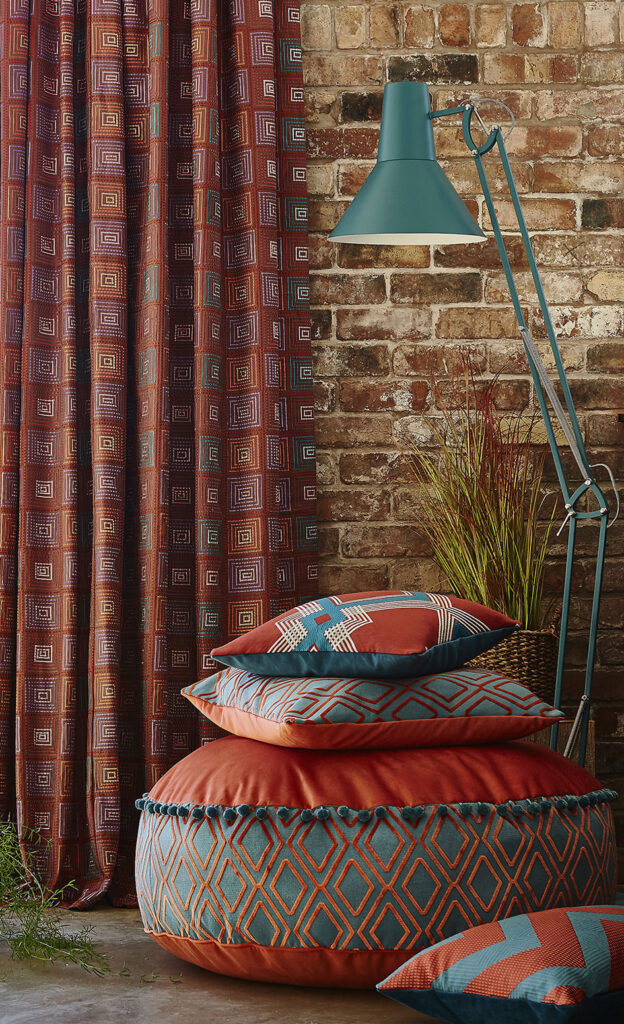
Cool colours from the 70s interior design style
As stated earlier, 1970s interior design makes fantastic use of colour and many of them are iconic for those years.
Bright and rich colours
While neutrals and browns were popular in the 70s – and remain so to this day – for adding some fashionable tones to your décor look to bright, rich colours. Yellow for example has a substantial energy to it and you can find out more in our Colour of The Month: Yellow Interior Design blog from May this year.
Orange, a 1970s staple colour
Moreover, if you’re looking for something a little fierier, orange is a quintessential 70s colour full of pep and excitement. You can learn all about the best ways of using orange as a part of your interior design in last month’s Colour of The Month: Obsessed With Orange blog!
Different types of green
Other colours that provide a delightful 70s twist include colours with a hint of green. Teal is a brilliant colour that catches the eye without domineering a space.
Moreover, olive green and khaki tones will also fill the gap for spaces where you’d otherwise use neutral tones. Soft and refreshing, they are a sophisticated foundation for many fashionable décor trends and colours including yellow and orange. Why not shop our range of Roman blinds to find one in one of these invigorating colours?
Patterns for 1970s inspired interior design
During the 70s there was a marked transition from slim profile furniture to chunky, extremely comfortable furnishings. With the decade’s emphasis on relaxed socialising and shift to big open space, homes were becoming the perfect environment for patterns. Mixing bold patterns and colours became a hallmark of the 70s and it’s equally popular today.
Swirling shapes and patterns
Joyous use of swirling shapes may have been a cornerstone of interior design during the 70s, but limited use of it is perfectly fashionable in 2021. Contrasting colours used in fluid shapes is synonymous with 70s décor and since they are fun and stimulating, you can easily introduce them into your home. Because they are bold, consider using these designs in smaller items including cushions and even lamp shades but don’t let that limit your imagination. If you love the look and want it for your curtains, go for it!
While popular in the 70s, swirling patterns weren’t the only popular style. Geometric designs with lots of right angles became fashionable, and even today they are enjoyed in homes around the world.
Floral patterns
Following on from the hippie revolution and the return to nature; large potted plants, palm inspired prints and even fruit patterns became popular and today they allow you to enjoy a touch of the 70s however you wish. Keeping with flora, flower patterns can also be used in great quantities so be sure to click the floral filter on the website to see the choices available to you.
Regardless of the design itself, using bold colours is the secret of making the most of patterns in this trend.
Ideas for materials to use for 1970s interior design
What fabrics were used in the 1970s?
As stated, colour and pattern are very important to get right for your 70s themed space. For most of the items you integrate into your décor you can use any material from silk to wool, however, it would be remiss of us to leave out an iconic 70s material. It is, of course, velvet.
Velvet
From sofas to Jimi Hendrix’s trousers, velvet was regent in the 1970s. Where today, especially in fashion, velvet adds a bit of detail and texture to dark blues, greens and black, in the 70s it was patterned and colourful – it was wild and unconstrained. For those daring enough to try, you can make excellent use of bright velvet home furnishings in your home.
There are handcrafted velvet curtains, Roman blinds, lamp shades and cushions in a wide range of colours and patterns available on the website. Shop the collections today to find the perfect velvet items for your décor.
These bright colours and patterns which we’ve loved for 50 years will make your home pop and fizz with energy and style. To make sure you’re buying the right material, be sure to order up to eight free samples so you can see your given fabric in the flesh before buying!


